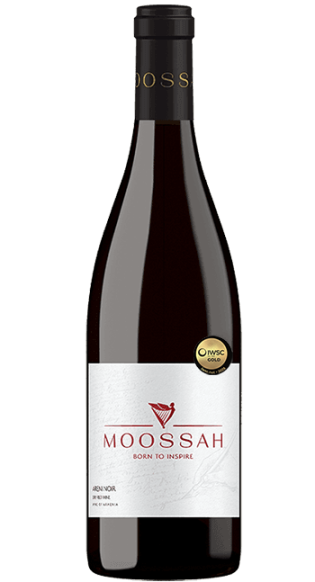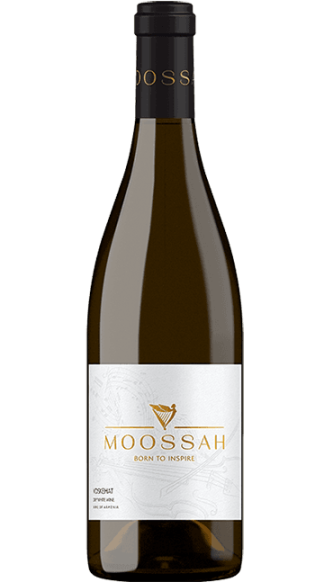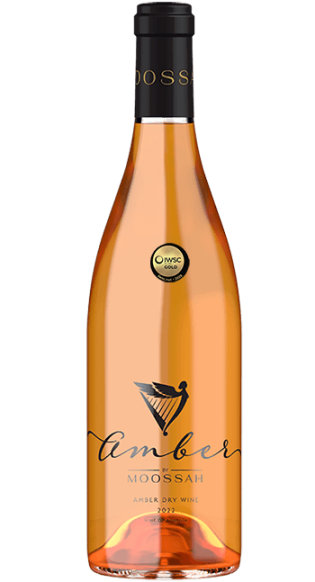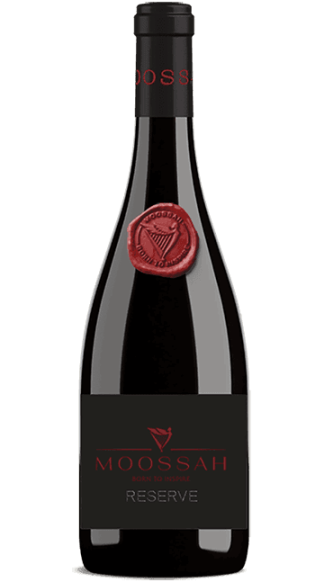
Amber wine is a type of wine that is characterized by its unique color, taste, and texture. It is made using a process that involves prolonged skin contact during fermentation, which gives the wine its distinct amber hue. The process also imbues the wine with a tannic structure and a complex flavor profile that sets it apart from other wines.
In this blog post, we will delve into the world of amber wine, exploring its history, production, and taste profile.
History of Amber Wine
Amber wine has been produced for thousands of years in the Caucasus region, which includes modern-day Armenia. The region is home to over 500 indigenous grape varieties, many of which are used in the production of amber wine.
The traditional method of producing amber wine in Ancient Armenia involves fermenting the grapes in large earthenware vessels called karas (Armenian word for big clay pot). The grapes are left to ferment with their skins, during which time they develop the wine’s characteristic amber color and tannic structure.
The traditional method of amber wine winemaking has been recognized as a UNESCO intangible cultural heritage of humanity, highlighting the importance of amber wine in the cultural identity of the Caucasus region.
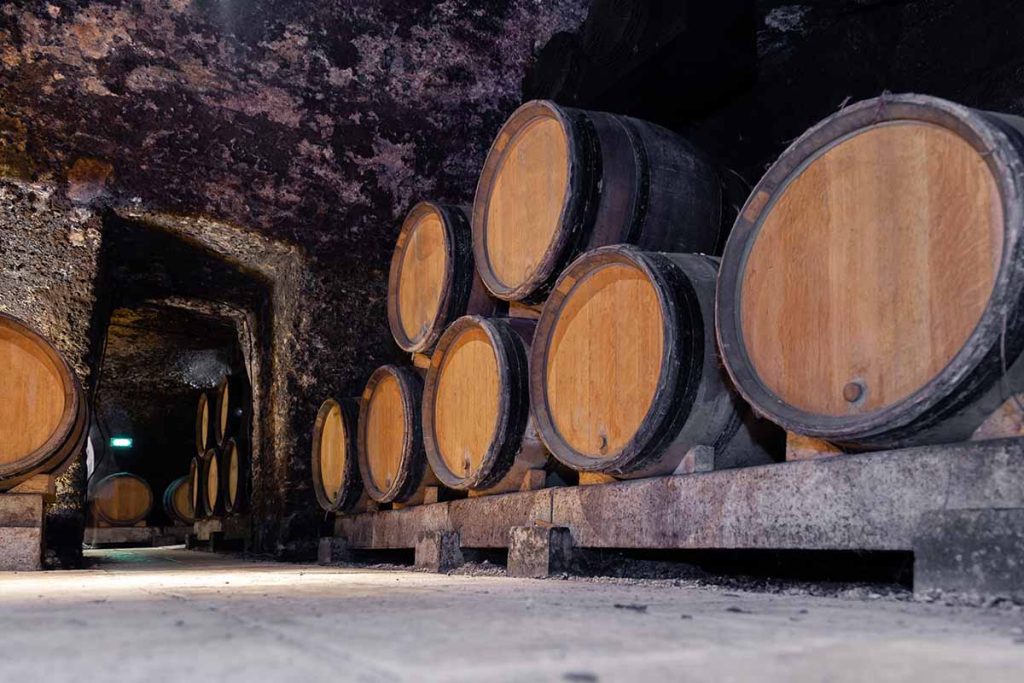
Production of Amber Wine
Amber wine can be produced using a variety of grape varieties and winemaking techniques. However, the one defining characteristic of amber wine is prolonged skin contact during fermentation.
The grape juice is left in contact with the skins and stems for several days, weeks, or even months, depending on the desired flavor profile. This process extracts the phenolic compounds from the skins and stems, which give the wine its tannic structure and unique flavor profile. In case of Moossah Amber wine, the skin contact period is 28 days.
Armenian Amber wines are mostly produced in steel tanks, like Moossah. But there are cases when Armenian winemakers also use karas, which is the equiavalent of Georgian qvevri. Some winemakers also choose to use extended maceration, a process that involves leaving the wine in contact with the skins and stems for an extended period after fermentation.
Amber wine is characterized by its distinct amber color, which ranges from pale gold to deep orange. The wine’s aroma and flavor profile vary depending on the grape variety, terroir, and winemaking techniques used.
Typically, amber wine has a complex flavor profile that combines fruity, floral, and spicy notes with a tannic structure and a slight bitterness. The wine is also known for its long finish, which lingers on the palate.
Moossah Amber wine gently unfolds with enticing aromas of dried apricot and fig, layered with touches of ginger and saffron. The palate is warming and rich, with superb complexity and subtle tannic structure.
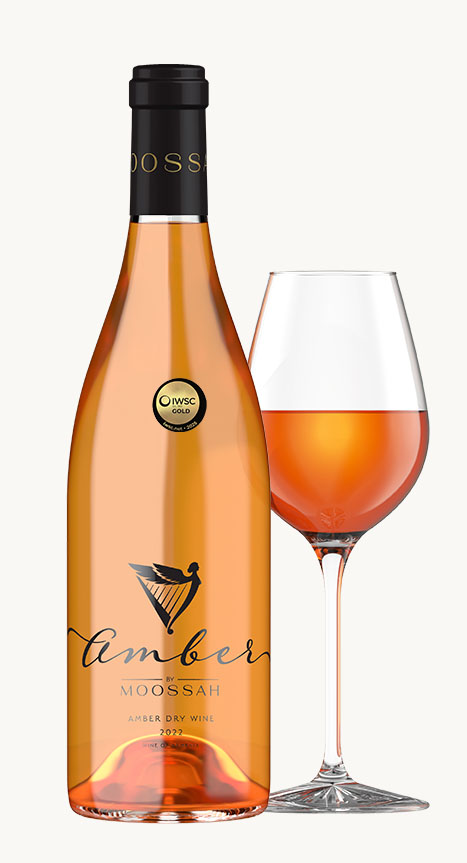
Amber Wine that conquered the hearts of IWSC judges

Moossah Amber Dry is a unique and flavorful wine made from a blend of Voskehat and Muscat grapes. With its deep amber color and complex flavor profile, it's the perfect choice for those who enjoy exploring the world of wine and trying new and exciting blends.

Voskehat is a delicate white grape variety indigenous to Armenia, known for producing wines with floral aromas and bright acidity. Muscat is a versatile grape variety that can be used to produce wines ranging from sweet to dry.

Aragatsotn is a renowned wine region in Armenia, home to indigenous grapes such as Voskehat and Muscat.

Moossah Amber pairs well with savory dishes such as roasted meats, stews, and hard cheeses, as well as spicy and aromatic dishes from Middle Eastern and Asian cuisines.

Food pairing
Amber wines pair well with a variety of foods due to their tannic structure and complex flavor profile.
In general, amber wines pair well with foods that have rich, complex flavors. The wine’s tannins, acidity, and fruitiness can help to enhance the flavors of the food, while the food can help to balance the wine’s flavors and texture.
Here are some foods that can be paired with amber wines:
- Cheese: Aged and sharp cheeses like Parmigiano-Reggiano, aged cheddar, and gouda pair well with amber wines. The wine’s complex flavor profile enhances the flavors of the cheese, while the cheese helps to balance the wine’s tannins.
- Grilled Meats: Amber wines pair well with grilled meats like lamb, beef, and pork. The wine’s tannins complement the charred flavors of the meat, while the wine’s fruitiness helps to balance the richness of the meat.
- Spicy Foods: Amber wines can stand up to spicy foods like curries, chili, and hot wings. The wine’s tannic structure and complex flavor profile can help to balance the heat of the spices.
- Seafood: Amber wines pair well with rich seafood dishes like lobster, crab, and scallops. The wine’s tannins and fruitiness can help to balance the richness of the seafood, while the wine’s acidity can cut through the buttery flavors of the dishes.
To conclude, amber wine is a unique and complex wine that has been produced for thousands of years in Armenia and the Caucasus region. It is characterized by its amber color, tannic structure, and complex flavor profile. When paired with the right foods, amber wine can enhance the flavors of the dish and create a memorable dining experience. Learn more about Amber wines on our blog.


